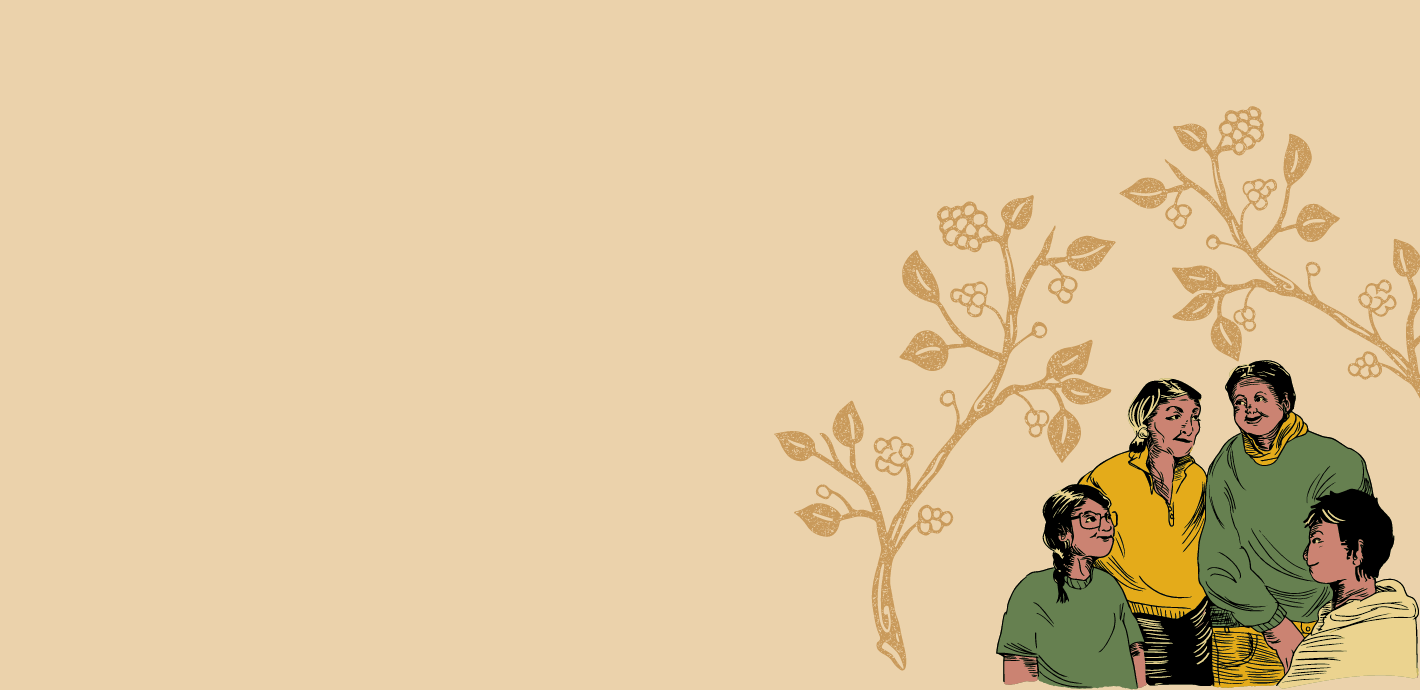Punjabi Literature – Of Legends and Poetry
This is a language we share with out closest neighbours. The very soil it flourished on was divided in the partition, yet it thrives. It is Punjabi, the sonorous language of the land of five rivers.
As told by Prof. Chaman Lal (Professor in Hindi translation and Chairperson at Centre of Indian Languages, Jawaharlal Nehru University in New Delhi).
The language Punjabi has been in existence ever since the 12th century. It has a close relationship with Sanskrit, like many other Indian languages. It is believed that Guru Angad Dev, the second guru of the Sikhs and a disciple of Guru Nanak, shaped certain letters. As of today, there are over 120 million Punjabi speakers in the world, though nearly two thirds of them are in Pakistan and only about a third of them live here in India. Pakistani Punjabi is written in the Persian script and it is a mix of Urdu and Arabic dialects. Sufi poets like Baba Farid and Abdul Rahim Khan contributed to its rich literature, and helped propagate the language. Indian Punjabi is of the Gurmukhi tradition, with a Sanskrit influence. The script evolved during the fifteenth and sixteenth centuries. Ever since the time the Guru Granth Sahib (the holy book of the Sikhs) was scripted (between 1469 and 1708), the religion and literature began to blossom together.
Three traditions are distinctly noticeable in Punjabi literature, right up to the end of the nineteenth century. The Sikh religious tradition popularly known as Gurmat tradition is based on the poetry of the Sikh Gurus as contained in the Guru Granth Sahib. The second, the Sufi tradition of literature and thought, has been an equally dominant component of Punjabi literary traditions and culture. Sheikh Farid, whose poetry is contained in the Guru Granth Sahib, marks the beginning of this tradition. But it is the superb poetry and chaste Punjabi language mainly of Shah Hussain and Bulle Shah, which is responsible for making it popular and the most powerful tradition of Punjabi writing and singing. There is the third tradition of Kissa poetry, of balladeers of singing tales of love and romance. The first available Kissa in Punjabi is by Damodar on the popular folk-narrative of Heer, written in the dialect of Jhang.
The Kissa poetry reaches its peak of glory with Waris Shah’s Heer Ranjha (1776), which continues to be one of the most popular literary compositions in Punjab. It tells the story of two star-crossed lovers, Heer and Ranjha, whose love is as exquisite as it is doomed. The major poets of this tradition are: Hafiz Barkhudar with his classic Yusuf Zulekha, Hashim Shah, Ahmed Yaar, Imam Bakhash and others. Waris Shah is considered the greatest poet of Punjabi literature prior to the modern age.
Stories on the life and legend of Guru Nanak (1469–1539), are early examples of Punjabi prose literature. Nanak himself composed Punjabi verse incorporating vocabulary from Sanskrit, Arabic, Persian, and other Indic languages as characteristic of the Gurbani tradition. Punjabi Sufi poetry developed under Shah Hussain (1538– 1599), Sultan Bahu (1628–1691), Shah Sharaf (1640–1724), Ali Haider (1690– 1785), and Bulleh Shah (1680–1757).In contrast to Persian poets who had preferred the ghazal for poetic expression, Punjabi Sufi poets tended to compose in the kafi. There were many bards from sufis and bhagats but the language gained a huge amount of creativity during the independence movement. A slew of prose essays, stories and novels were written during that time. Tamil, Marathi and Bangla were also languages that developed considerably during this time.
A casual look at the history of literature will show that till the dawn of 20th century, the most known Punjabi poets were Baba Farid, Shah Hussain, Bulleh Shah, Waris Shah,Hashim, Pilloo and others. The twenty first century brought masters like Dhani Ram Chatrik, Faiz Ahmad Faiz, Amrita Pritam, Darshan Singh Awara, Satinder Satraj,Balwant Gargi, Abid Tamimi and many others, to the forefront.
Prose developed as a medium of expression with Gurpareet Bains, Chaman Lal, Sharif Kunjahi, Balraj Sahni, Sultan Bahu, Rupender Singh Dillon, Amrita Pritam, Kartar Singh Duggal, Bhai Vir Singh, Paash, Hashim, Bhai Gurdas, Jaswant Singh Kanwal… the list is endless. These writers ensured that the language was not simply a form of pure literature but a medium to reach the masses. In Patiala, the Punjabi University was established, from where the language flourished and spread to other parts.
The Partition rendered the erstwhile state of Punjab into two. The Indian section of that Punjab though, was still dominated by a Hindi-speaking majority. It was only after 1st November 1966, when the state was divided into three: Himachal Pradesh, Haryana and Punjab, that Punjabi became the official language of the state. Although Pakistan has the largest number of Punjabi speakers in any country, Punjabi is not its official language. In India, however, it is one of the official languages listed in the constitution. In the present day, the state of Punjab is making a concentrated effort to propagate the language. While officially English has taken the main stage, Punjabi scholars abound. It is taught in many schools and colleges and spoken in homes around the globe. It is a living, thriving language that receives many contributions each year from its prolific writers and scholars.
Author:Lakshmi Subramanian
Photographs © Nithya Subramanian




 +91 992 2442 238
+91 992 2442 238